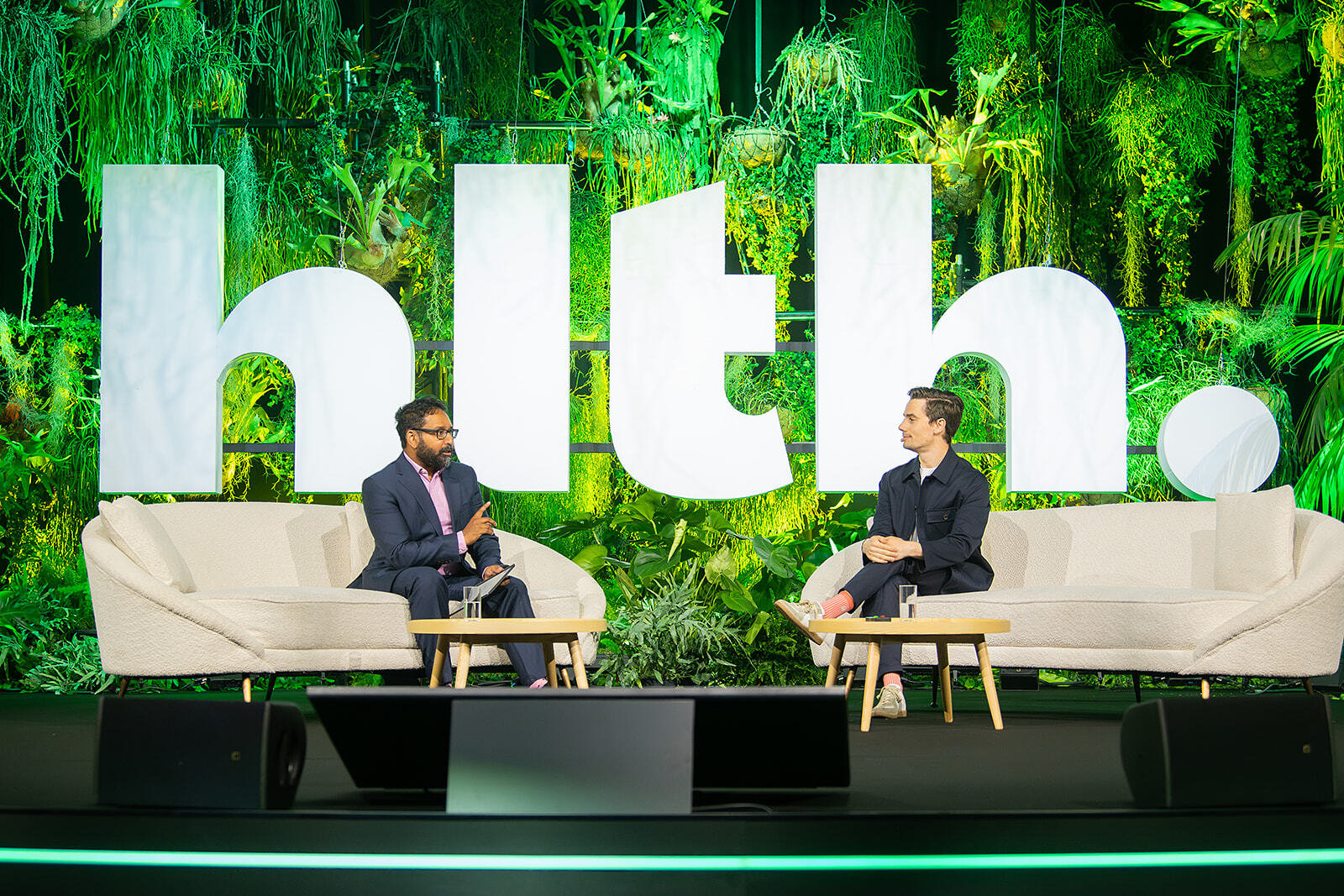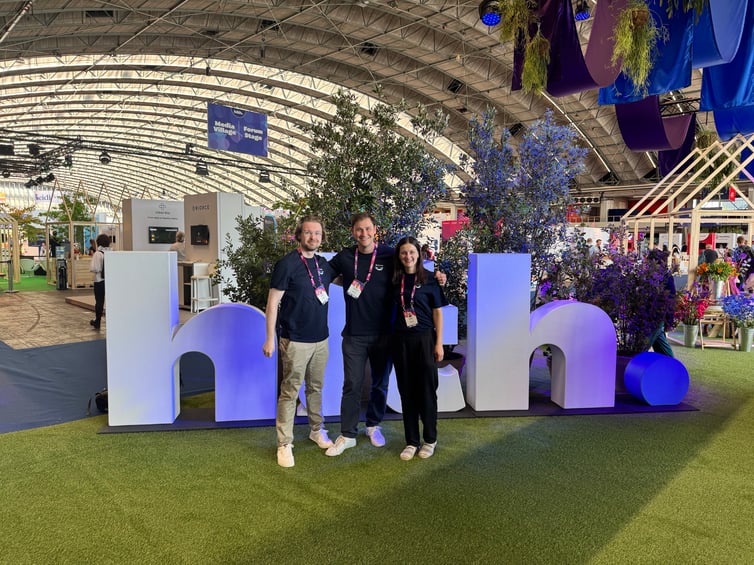Semble News
.png?width=601&height=367&name=Background%20img%20(1).png)
Semble named among UK’s top healthtech innovators in 2025
At Semble, we know that the best insights come from being right where the action is. That’s why we sent our Product Manager, Dr Jenny Williams, to HLTH Europe: to get a front-row seat to the latest trends, challenges and breakthroughs shaping the health tech industry.
From interoperability and AI, to prevention and the renewed focus on women’s health, Jenny reflects on six thought-provoking themes she encountered during her time at HLTH.
If you’d asked me a few years ago, I’d have said interoperability was about APIs, varying standards and clunky legacy systems. But the consensus at HLTH? The tech is already there. The real sticking point is organisational mindset and culture.
People and companies are still clinging to their data as a competitive advantage. Change management, not code, is the hard bit. The most meaningful progress seems to happen when patients and clinics band together and demand change.
One panel (‘Connected Care: Making Interoperability Work for Providers’) told a great story about a group of clients writing a joint letter to a major EHR vendor demanding open APIs and it actually worked, proving the point perfectly.
I expected a lot of hype about AI, but ambient listening (AI that listens in to consultations and writes up the medical notes and letters) was treated as a done deal. Everyone’s building it, and the ROI for clinicians is obvious. The focus is already shifting to what comes next: AI that can proactively flag risks, prep the workflow before a patient even sees the doctor and quietly run operations in the background.
But there was a healthy dose of caution, too. The message was: let AI handle the admin, but keep humans in the loop for the big decisions. And most importantly, design with empathy; technology should feel like an assistant, not an imposition.

It was striking how many conversations centred on women’s health. The stats are pretty shocking: women are 25% sicker than men, spend on average nine more years in ill health and in the US, pregnancy is becoming more dangerous for women today than it was for their mothers.
But there’s hope. I saw real momentum on normalising menopause, tackling taboos and, crucially, calling out the need for ethical data sharing and community partnerships. The loudest call to action came from Semble customer Aneira Health 's Dr Nikita Kanani MBE, who said, “Put women at the centre of their healthcare”. Invest in research and technology that actually reflects their realities.
There was a palpable feeling that prevention isn’t just a buzzword anymore. There’s real momentum (and business models) building around proactive healthcare. Companies like Neko Health (also a much-cherished Semble customer) are proving that regular, tech-enabled check-ups for everyone, not just the sick, can move the needle on population health.
It was encouraging to see health systems and startups alike talking about the ‘upstream’ benefits of early detection, continuous tracking and making preventative care scalable. The takeaway? Prevention isn’t just good medicine – it’s becoming good business.

Every success story I heard about had one thing in common: a relentless focus on solving real pain points for users, whether they’re clinicians, patients or back-office staff.
The technology is maturing fast. AI pilots that would take years now arise in just months. Startups are launching at lightning speed. But the real bottleneck is adoption.
The key is to embed clinical expertise within teams, listening to feedback and iterating quickly. And, crucially, not being afraid to fail (and learn). The companies making the most impact are the ones that start with the human problem, not the tech solution.
Let’s be honest: admin and ‘back office’ processes have always been the unglamorous side of healthcare. But this year, there was a real buzz about automating the routine tasks (think billing, documentation, scheduling) so clinicians can focus on patients.
What struck me most was how the conversation has shifted from “can we automate this?” to “how fast can we roll it out?”
There’s consensus that while AI won’t replace clinicians, it can absolutely make their lives easier by clearing the admin backlog. And as boring as it sounds, this could be the unsung hero of health tech transformation.
_websize.jpg?width=1600&height=1067&name=HLTH%20day3_18June2025_Melanie%20Lemahieu%20(348)_websize.jpg)
Leaving HLTH Europe, I felt a real sense of possibility. The barriers ahead are real, but so is the momentum. The energy in Amsterdam was proof that our sector isn’t content with slow progress or empty promises. We’re building a future where technology empowers clinicians, patients and everyone in between to expect better and to get it.
What matters now is what we do with these insights: the next chapter is about action, collaboration, and holding ourselves to higher standards. I’m excited to help shape what comes next at Semble!
